
| Lime or Chequered Swallowtail PAPILIONIDAE, PAPILIONOIDEA | (donherbisonevans@yahoo.com) and Stella Crossley |
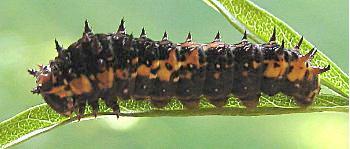
early instar
(Photo: courtesy of Wes Jenkinson)

| Lime or Chequered Swallowtail PAPILIONIDAE, PAPILIONOIDEA | (donherbisonevans@yahoo.com) and Stella Crossley |

early instar
(Photo: courtesy of Wes Jenkinson)
Early instars of these Caterpillars of this species are dark blue with one or two orange diagonal stripes, and have short spines along the body, and longer ones on the thorax and ninth abdominal segment. In later instars, the orange stripes become green and the spines degenerate to coloured knobs. The last instar is mainly green, with orange spots.
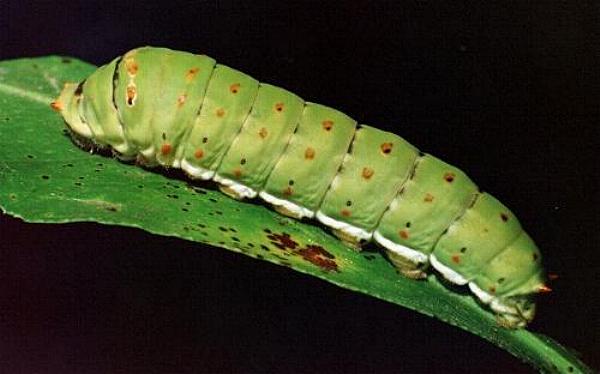
In Australia the caterpillars feed on various plants in FABACEAE such as
and plants in RUTACEAE such as :
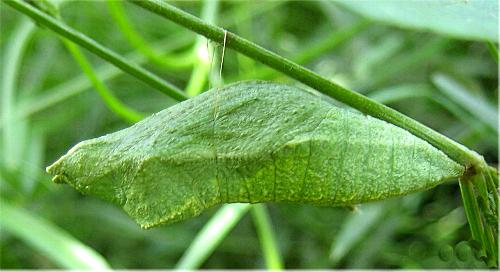
The caterpillar grows to a length of about 4 cms. The pupa is initially green, later turning brown, and is attached to a stem of the foodplant by cremaster and girdle. It has two projections on the head and one on the thorax. Its length is about 3 cms.
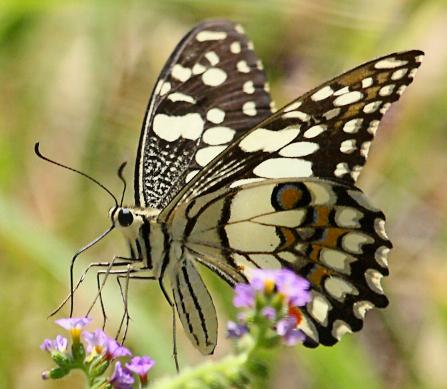
The adult butterflies have buff coloured wings with wide black edges containing buff spots. The hindwings also have two eyespots: one red and one blue.
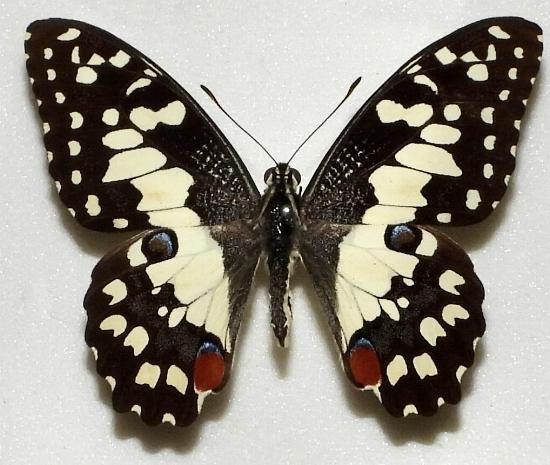
The underside is similar with narrower and paler black markings. The butterflies have a wingspan of about 10 cms. There is no obvious difference between the sexes.
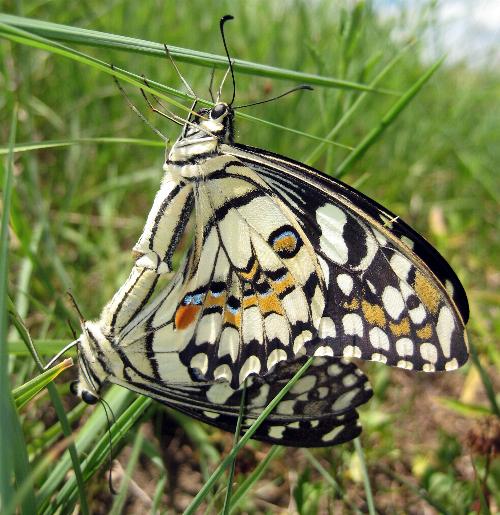
Usually seen rapidly flying in one direction at a constant height, they only occasionally land, and catching one is a real thrill.
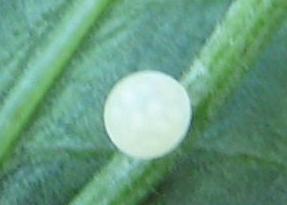
The eggs are pale yellow and spherical. They are usuallly laid singly on the upper surfaces of leaves of a foodplant.
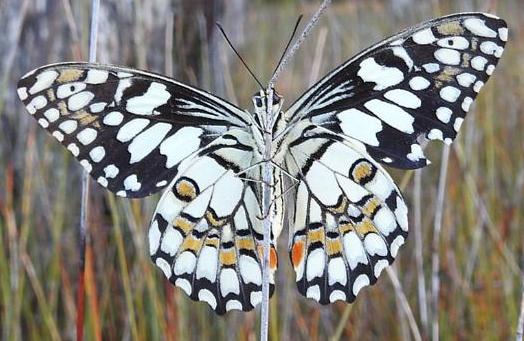
The species Papilio demoleus occurs as a number of subspecies over much of tropical Asia, including :
The subspecies sthenelus W.S.Macleay, 1826, is found in New Guinea and the whole of mainland Australia including:
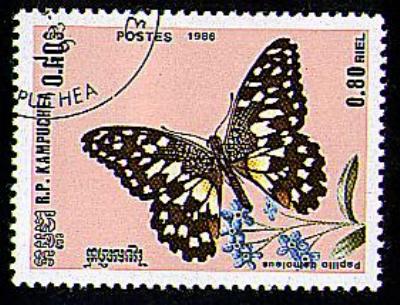
This species is featured at Coffs Harbour Butterfly House. Butterflies of this species may be purchased for release at weddings etc.
Further reading :
Michael F. Braby,
Butterflies of Australia,
CSIRO Publishing, Melbourne 2000, vol. 1, pp. 274-276.
Wesley Jenkinson,
Life history notes on the Chequered Swallowtail,
Papilio demoleus W.S Macleay, 1826, Lepidoptera: Papilionidae,
Butterflies and Other Invertebrates Club,
Metamorphosis Australia,
Issue 87 (December 2017), pp. 15-17.
Frank Jordan & Helen Schwencke,
Create More Butterflies : a guide to 48 butterflies and their host-plants
Earthling Enterprises, Brisbane, 2005, p. 11.
Carl Linnaeus,
Insecta Lepidoptera,
Systema Naturae,
,
Volume 1, Edition 10 (1760), Class 5, Part 3, p. 464, No. 35.
 caterpillar |  butterflies |  Lepidoptera |  moths |  caterpillar |
(updated 16 September 2010, 13 October 2025)